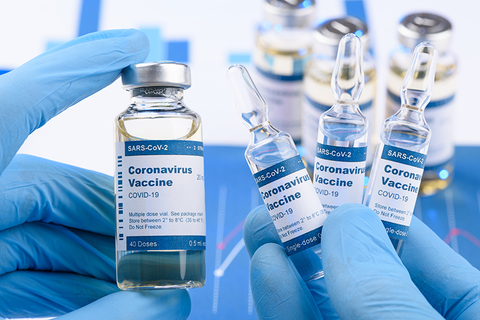
Image from aces.edu
Emily Samson
About 60 to 75% of your body weight is made up of water, and water has an important role in maintaining vital bodily functions. For example, water is essential for digestion, joint lubrication, nutrient absorption, and much more. Since your body loses water through things like breathing, sweating, and urinating, it is important to replenish your water supply to keep your body functioning properly. So, how much water do you need to drink daily to keep your body functioning properly?
You might have heard of the 8×8 rule, a theory that drinking 8 eight-ounce glasses of water a day has health benefits. This equates to drinking a little more than half a gallon daily. However, there is no evidence to support that 8 eight-ounce glasses of water is an ideal amount of water intake, and it is unclear where the rule originated. The amount of water that is healthy for a person to drink daily may vary by body weight, environmental temperature, and physical activity levels.
One proposed benefit of drinking excess water is for appetite suppression. One study found that young men who drank 2 glasses of water before meals ate 22% less than those who did not. However, another study found that drinking water before eating only reduced meal consumption in older adults, not younger adults. It’s not clear that drinking water can play a role in appetite suppression and more experimental evidence is needed. Other proposed benefits of drinking excess water are an improvement in skin complexion or reductions in the intensity of headaches, but these claims are not supported with experimental evidence.
Our bodies are designed to make sure we have enough water. Most water absorption happens in the kidneys. Within seconds, the kidneys can make molecular adjustments to increase or decrease water absorption. For example, if you drink more water than your body needs, you pee out the excess water. On the other hand, if you drink less water than your body needs, your kidneys conserve water and signal your brain to make you feel thirsty. The kidneys help adjust water levels based on the body’s needs. There is no single answer for how much water is healthy to drink daily. However, your water intake is likely adequate if you rarely feel thirsty and if your urine is colorless or a light yellow.
https://www.mdlinx.com/article/8-glasses-of-water-a-day-myth-or-medicine/lfc-2814
https://www.mdpi.com/2072-6643/11/1/70/htm

